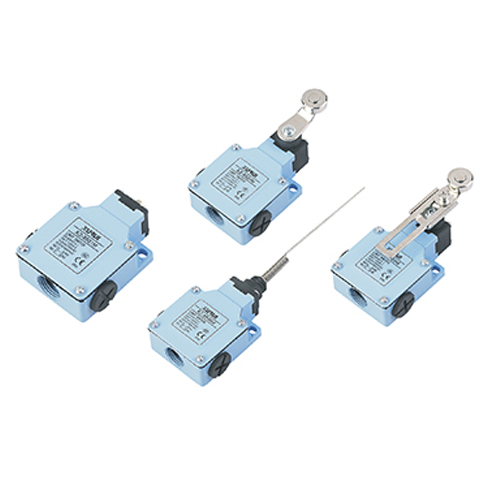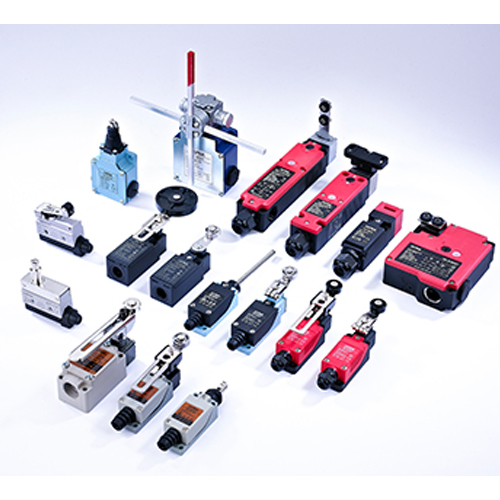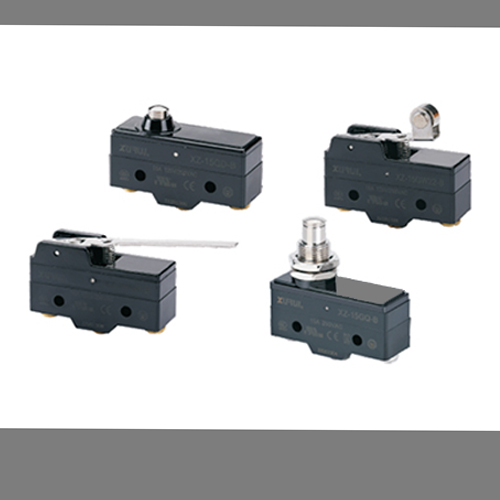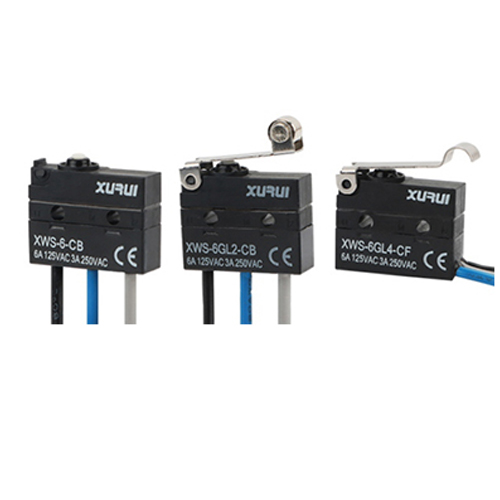Safety is of vital importance in all kinds of industrial equipment and mechanical systems. As a key safety component, the role played by the limit switch cannot be underestimated. How does it achieve safety functions? Let's explore it in depth through questions and answers.
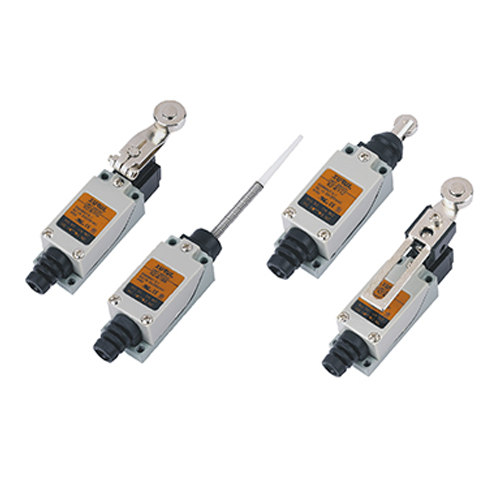
Q1: What is a limit switch?
A limit switch is an electromechanical device that is used to detect the presence or absence of an object, or to monitor the position of a moving part within a machine or a system. It typically consists of a mechanical actuator and electrical contacts. When the actuator is triggered by a physical contact or a change in position, the electrical contacts open or close, thereby sending a signal to a control system.
Q2: What are the main safety functions of a limit switch?
A. Over-travel protection
●In many mechanical systems, such as conveyor belts, elevators, and machine tools, there is a defined range of motion. A limit switch can be installed at the extreme ends of this range. If a moving part, like a carriage on a machine tool or a platform on an elevator, exceeds its normal travel limits, it will activate the limit switch. The switch then sends a signal to the control system to immediately stop the motor or the driving mechanism, preventing damage to the equipment and ensuring the safety of nearby personnel. For example, in an industrial crane, if the hook travels too far up or down and reaches the limit switch, the crane's lifting mechanism will halt to avoid collisions with the structure or other objects.
B. Position monitoring and interlocking
●Limit switches are used to monitor the position of critical components. For instance, in a door control system of a hazardous area, a limit switch can detect whether the door is fully closed or open. If the door is not properly closed and locked, it can prevent the operation of certain machinery or the release of hazardous substances. This interlocking function ensures that operations occur only when all safety conditions related to position are met. In a printing press, a limit switch might monitor the position of the paper feed tray. If the tray is not in the correct position, the press will not start, avoiding paper jams and potential damage to the printing mechanism.
C. Emergency stop function
●In some cases, a limit switch can act as an emergency stop device. When a sudden, unexpected situation occurs, such as an object getting stuck in a machine or a malfunction in the movement of a part, the limit switch can be triggered. This sends an immediate signal to cut off power to the machine or activate a braking system. For example, in a woodworking machine, if a piece of wood gets jammed and starts to cause abnormal vibrations or movements, a limit switch can sense this and stop the machine's blades from rotating, preventing further damage and potential injury to the operator.
Q3: How does a limit switch achieve these safety functions?
A. Mechanical actuation
●The mechanical actuator of the limit switch is designed to respond to physical contact or changes in position. It can be a lever, a roller, or a plunger. When the actuator is displaced by an external force or a change in the position of an object, it causes the internal mechanism of the switch to move. This movement then operates the electrical contacts. For example, a roller-type limit switch on a conveyor belt will roll along with the belt. When it reaches a certain position where the belt should stop, the roller will hit a stop block, causing the actuator to move and change the state of the contacts.
B. Electrical signal transmission
●Once the mechanical actuation changes the state of the electrical contacts, a signal is sent through the wiring connected to the limit switch. This signal is transmitted to a control system, which can be a programmable logic controller (PLC), a relay circuit, or a microcontroller-based system. The control system then interprets the signal and takes the appropriate action, such as stopping a motor, activating an alarm, or initiating an interlocking sequence. In an automated assembly line, the limit switch signal can be used to trigger the next step in the assembly process only when a component is in the correct position, ensuring the proper sequence and safety of operations.
Q4: What are the advantages of using limit switches for safety functions?
A. Reliability
●Limit switches have a simple and proven mechanical design. They can operate in harsh industrial environments, such as high temperatures, dusty or wet conditions, and areas with significant vibration or shock. Their mechanical nature means that they do not rely on complex electronics that might be susceptible to interference or failure. For example, in a steel mill where there is a lot of heat and dust, limit switches can reliably detect the position of steel ingots and control the movement of cranes and conveyors.
B. Easy installation and maintenance
●Limit switches are relatively easy to install. They can be mounted directly on the machine or equipment using standard brackets and fasteners. Maintenance is also straightforward. If a limit switch fails, it can usually be easily replaced. The electrical connections are simple, and the mechanical parts can be inspected and cleaned or lubricated if necessary. In a factory setting, technicians can quickly diagnose and repair a faulty limit switch, minimizing downtime.
C. Compatibility with existing control systems
●Limit switches can be integrated into a wide range of control systems. They can provide a simple on/off signal that can be easily interfaced with relays, PLCs, or other industrial controllers. This allows for seamless integration into existing automation and safety systems without requiring major modifications or upgrades. For example, in a food processing plant, limit switches on packaging machines can be connected to the plant's central control system to ensure proper operation and safety of the packaging process.


